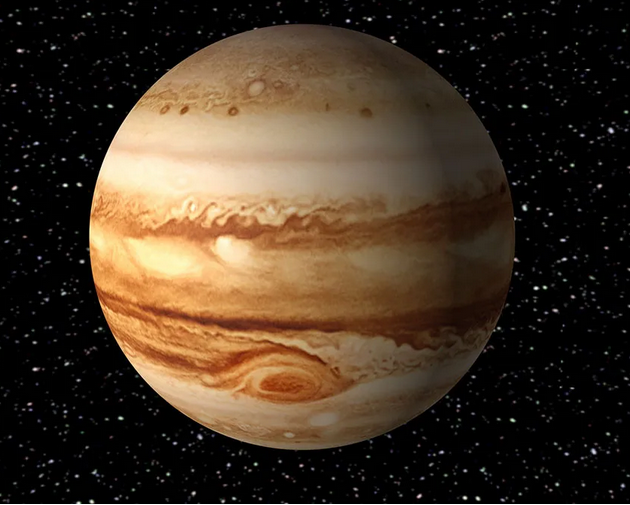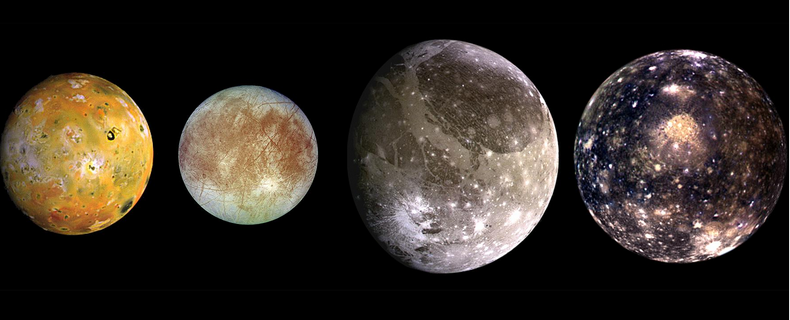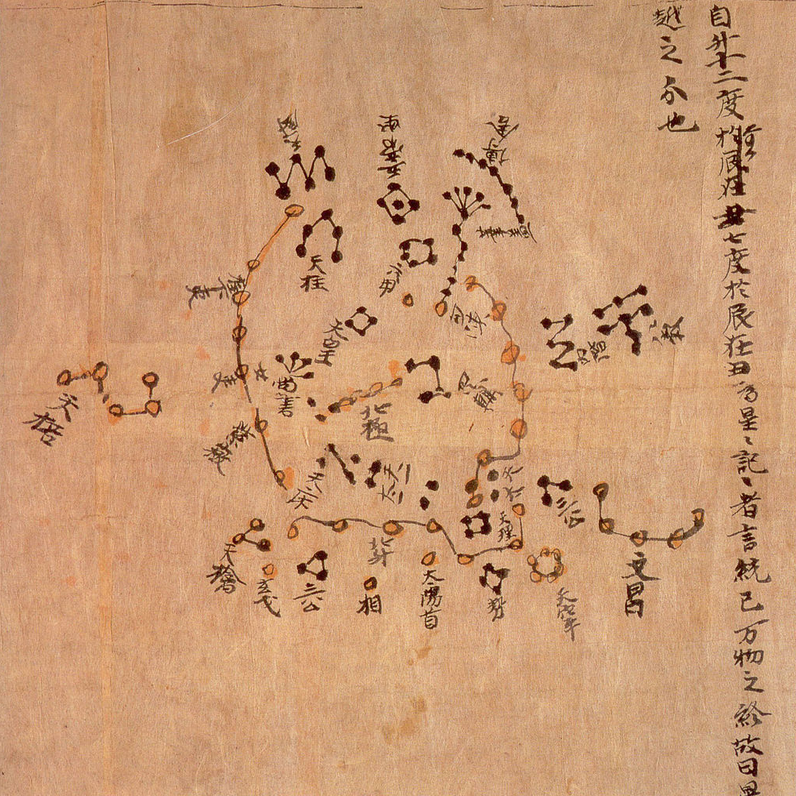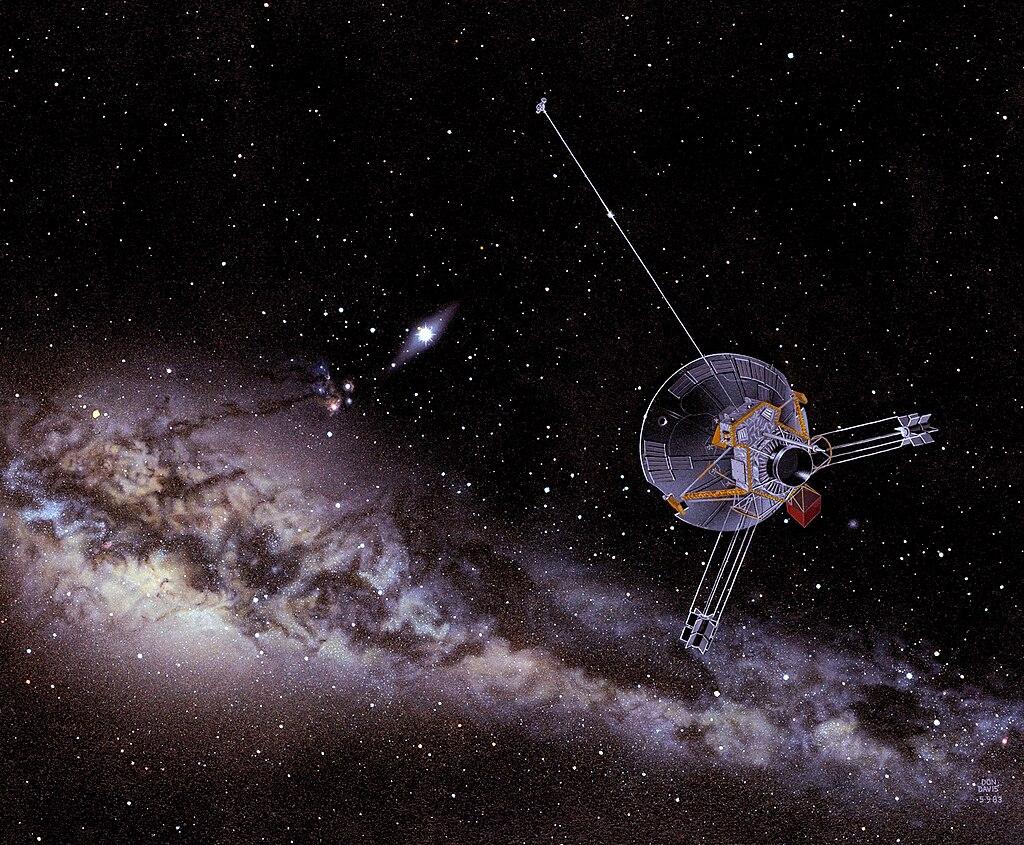
It only takes a glimpse into the night sky to realize our closest neighbor is the Moon, our own natural satellite. Traveling a distance of roughly 240,000 miles (386,400 kilometers) it takes around 3 days to make a one way journey to the Moon. The planets of our solar system are much further away some more so than others so planets like Jupiter take a while to reach.
What Is Jupiter?
Jupiter is a vast gas giant planet in our solar system and is the fifth planet from the sun. It is also the third brightest natural object in Earth’s night sky after the Moon and Venus. When viewed you will notice stripes around Jupiter. These are cold, windy clouds of ammonia and water that are floating on an atmosphere of hydrogen and helium.
Another notable feature of Jupiter’s appearance is the so-called Great Red Spot. This is actually a storm that has been raging on Jupiter for hundreds of years and which is larger than the Earth.
How Far Is Jupiter from Earth?
There is a vast distance between Earth and Jupiter but depending on their respective orbits this distance varies. On average they are 484 million miles apart. At their closest they are only 365 million miles apart but at their furthest they are 601 million miles apart.
How Far Is Jupiter from the Sun?
It takes the Sun’s rays over 40 minutes to reach Jupiter which is on average 484 million miles (778 million kilometers) away from the Sun although this does depend on its position within its orbital path.
How Long Does Jupiter Take to Go Around the Sun?
Sitting over 5 times further away from the Sun than the Earth does, Jupiter has a long orbital period. This rapidly spinning gas giant completes a day in 10 hours but due to its orbital period a Jupiter year lasts about 12 Earth years or to be exact 4,333 Earth Days.

This longer orbital period means that the last time Jupiter was in the same region of space as it is currently certain historical events took place such as:
- The Egyptian revolution begins
- Civil war breaks out in Libya
- President Obama of the United States announces the death at the hands of American forces of Osama bin Laden
Is it a Failed Star?
Some people refer to Jupiter as a failed star, but why? Many of the conditions are right on Jupiter for it to have become a star but what is it lacking? The simple answer is that it is not nearly large enough. The presence of the hydrogen and helium gases is not enough in itself. There needs to be a great enough volume to create the needed pressure at the core of Jupiter to initiate the nuclear fusion.
Simply put Jupiter is and always has been too small to become a star. If it was larger and had more available fuel in the form of hydrogen and helium perhaps our solar system might have gotten a second star. If this had happened however things would be very different in our solar system and we may not have a planet with life on it.
Jupiter’s Structure
Jupiter is mainly composed of hydrogen which makes up roughly 90% of its volume. This is followed by helium, which makes up about a quarter of its mass and a tenth of its volume. Most of Jupiter’s heat is created through ongoing contraction of its interior. The heat generated within Jupiter itself is more than it receives from the Sun.

Due to Jupiter’s rapid rotation rate of 1 rotation every 10 hours, the planet’s shape is best described as an oblate spheroid. Upon close inspection you would note a slight bulge around the equator. As mentioned stripes around Jupiter are caused by the outer atmosphere’s division into a series of latitudinal bands. Within these bands turbulence and storms rage along the boundaries. The Great Red Spot is a giant storm caused by this which has been observed since at least 1831.
Surface
As a gas giant Jupiter does not have an actual surface to speak of. It instead is a swirling mass of gases and liquids. This does not mean we could pass through the planet however as the gases and liquids that make up the planet accompanied by intense heat and pressure would destroy any spacecraft that tried.
Atmosphere
It is thought that the very interesting appearance of Jupiter is created by three distinct cloud layers in its skies. Combined they span about 44 miles (71 kilometers) with the top cloud layer being ammonia ice. The middle layer is likely ammonium hydrosulfide crystals and the inner layer is made of water ice/vapor.
Magnetosphere
It also has a powerful magnetosphere which is the second largest contiguous structure in the solar system.
What Is a Gas Giant?
Earlier we mentioned the term Gas Giant while describing Jupiter but what exactly does that mean? Well essentially a gas giant is a large planet such as Jupiter and Saturn in our own solar system which are mainly composed of helium and/or hydrogen.
These planets do not have hard surfaces like our own planet, they are instead made up of swirling gases above a solid core. As such gas giants as the name suggests can be massive and often tend to be closer to their stars than other planets.
The gas giants in our own solar system are not typical of those found elsewhere in the universe. Generally speaking, gas-dominated planets like Jupiter orbit extremely close to their parent stars and usually circle them in as few as 18 hours. These gas giants are often referred to as hot Jupiters although our own Jupiter is far from hot.
Does Jupiter Have Moons and Rings?
Jupiter forms a system of 95 known moons and likely many more. These include the four large moons discovered by Galileo Galilei in 1610:
- Io
- Europa
- Ganymede
- Callisto
Ganymede is the largest of the four and is in fact even larger than the planet Mercury. Callisto is the second largest of the four while Io and Europa are similar in size to our own Moon.

Although the exact number of moons of Jupiter is not yet known, what is clear is that this huge planet has literally thousands of small objects in its orbit. Our ability to spot small moons around planets has become so good that the International Astronomical Union has decided that the smallest found can no longer be given the traditional mythological names. In order to have such a name the newly found moon must be of significant scientific interest.
Another feature of Jupiter is that it is indeed surrounded by a faint planetary ring system.
History of the Observation of Jupiter
Babylonian astronomers first recorded Jupiter’s presence in the night sky around the 7th or 8th centuries BC. Of course it will have been visible for far longer than that and will have far predated the existence of humans.
The ancient Chinese astronomers referred to Jupiter as Suixing (Sui Star) which makes sense as observation from Earth with the naked eye makes it appear as if it is in fact a star and not a planet. Jupiter’s presence in fact became part of the creation of the Chinese Zodiac.

Chinese historian Xi Zezong has made the claim that Gan De, an ancient Chinese astronomer, made mention of a small star that appeared to be “in alliance” with the planet. If true this may indicate a sighting of one of Jupiter’s moons with the unaided eye which would vastly pre-date Galileo’s discovery of Jupiter’s moons by thousands of years.
Telescopic Research
It is thought that the first telescopic observation of a Moon other than our own was when in 1610 Italian polymath Galileo Galilei discovered the four largest moons of Jupiter. It is claimed that the day after this Simon Marius independently also discovered the moons but would not publish his work and findings until 1614.
Despite being first it was not Galileo’s names for the moons that would stick it was in fact Marius’ names for the four largest that are still used today.
In the 1660s Giovanni Cassini used a new more advanced telescope to see the spots and colorful bands of Jupiter in more detail. He was able to correctly observe the planet’s oblate shape and estimate its rotation period.
The famous Great Red Spot of Jupiter may have been observed as early as 1664 by Robert Hooke and then again the following year by Cassini. In truth though these claims can not be confirmed and it was the later drawings by a pharmacist named Heinrich Schwabe in 1831 that officially recorded the spot’s presence.
Space Exploration
Since the earliest telescopes technology has greatly improved and we have been able to view Jupiter from space, do flybys with probes, set probes in orbit and drop them down into the planet itself. The first flyby took place in 1973 by Pioneer 10.
The next year in 1974 Pioneer 11 came even closer to Jupiter within 34,000 kilometers to be exact. As the years passed Voyager 1 and Voyager 2 made close passes as did Ulysses, Cassini and New Horizons missions.

In 1995 the Galileo mission was the first to establish orbit around Jupiter. It would release a probe into the planet’s atmosphere where it took readings for just short of an hour before it was destroyed. Galileo itself was deliberately destroyed in 2003 to prevent it impacting Jupiter’s moon Europa. This is because there are hopes it may harbor life.
How Long Does It Take to Get to Jupiter?
Jupiter is a long distance from Earth so a journey to this massive planet is no quick trip. The length of time it takes depends on your actual aim because if you just want to fly close by it is much quicker than trying to enter orbit.
If you want to make a flyby of Jupiter which has been done before it could take as little as 600 days. However if you want to get a probe into Jupiter’s orbit you need to travel more slowly so that the planet’s gravity can capture the spacecraft. An orbital visit to Jupiter then would take around 2000 days to complete.
Final Thoughts
Jupiter is much further away from the Sun than Earth is, in fact a single orbit of our solar system’s star takes 12 Earth years. This means that even for a flyby of Jupiter a spacecraft would take well over a year and to enter orbit it takes almost 5.5 Earth years.
